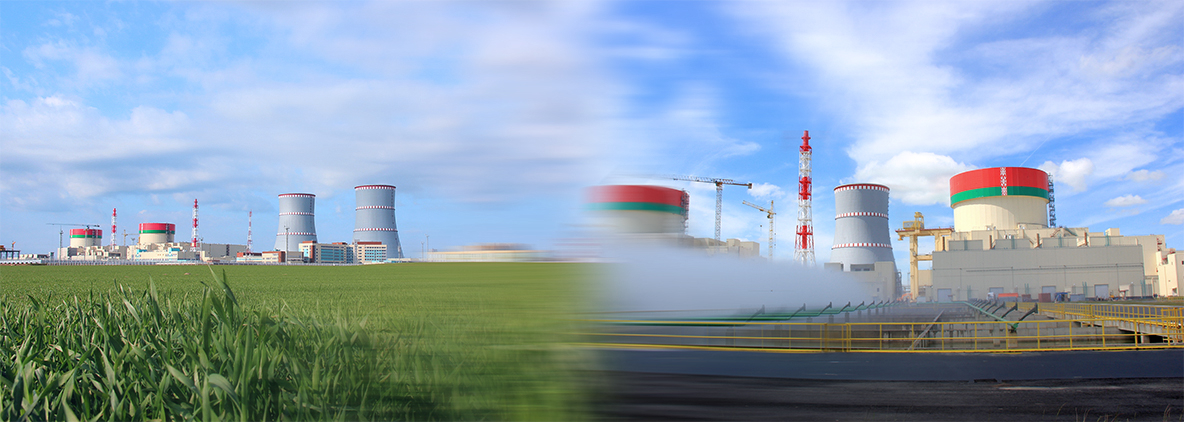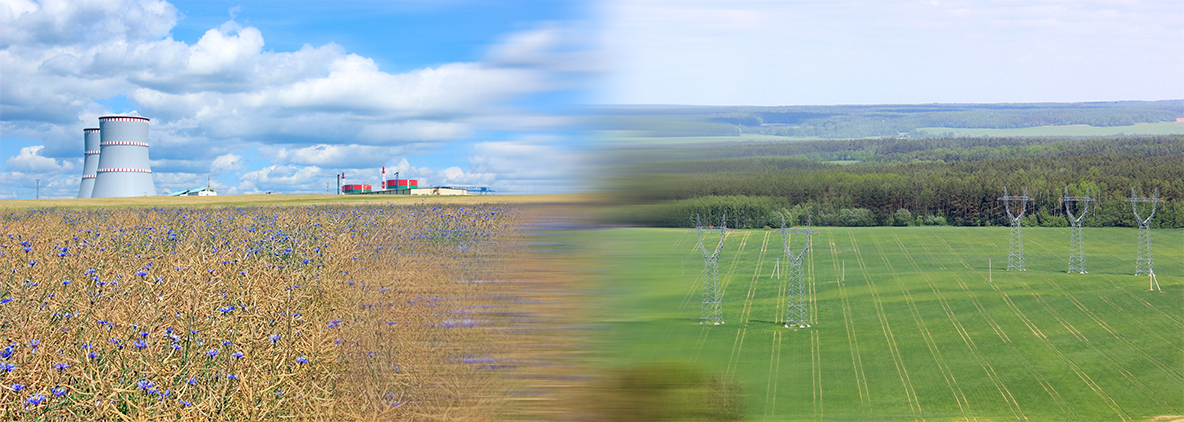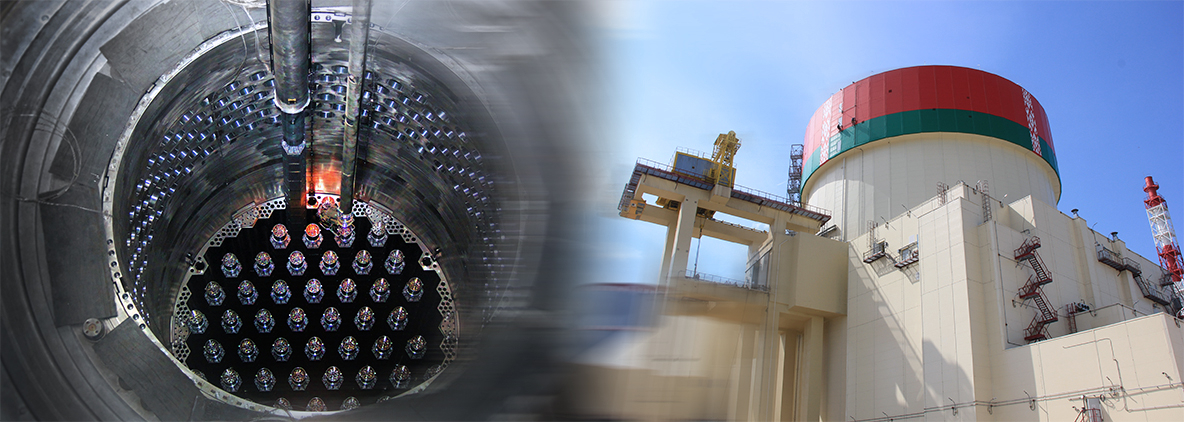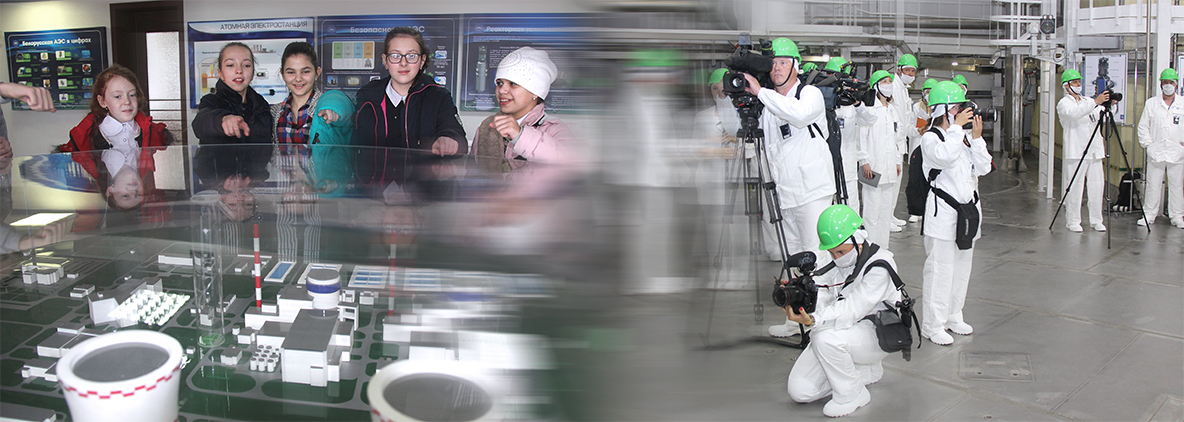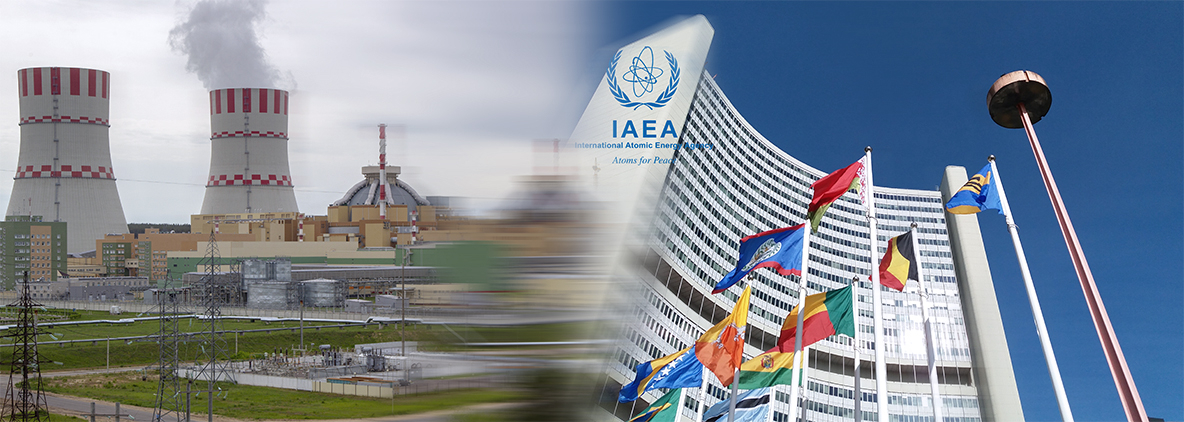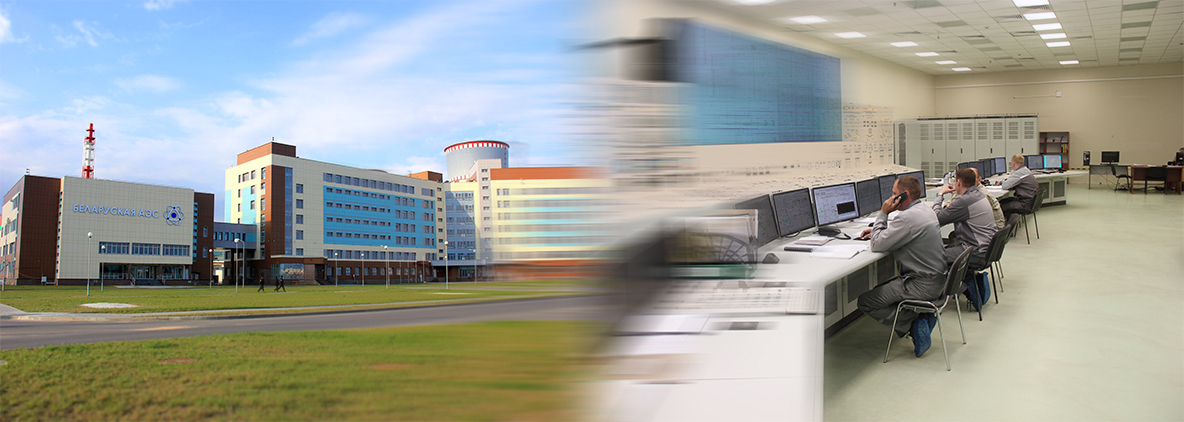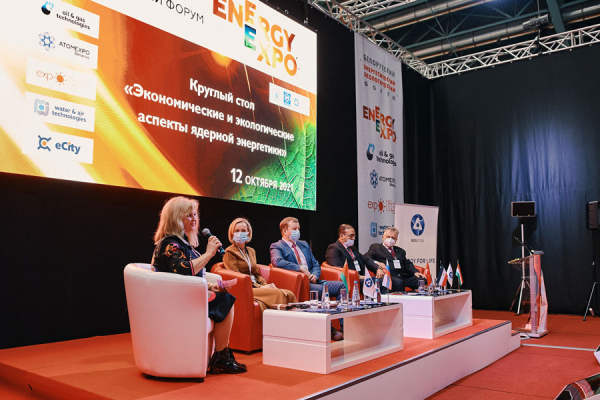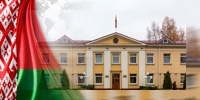The event was arranged by the Ministry of Energy of the Republic of Belarus and State Corporation Rosatom.
As the moderator of the discussion, Deputy Director of the Department for Nuclear Energy of the Ministry of Energy Lilia Dulinets, noted, the low share of the fuel component in the cost of nuclear generation, about 10-15%, makess the consumer predict prices for the entire life cycle, which is almost 100 years. “And this is extremely important, both for the industrial sector and for private consumers,” she said. - Nuclear technology is much more than just electricity. Nuclear energy is the country's infrastructure driver. These are thousands of new highly qualified jobs, the development of science, nuclear medicine, new technologies for agriculture and much more."
The operation of a nuclear power plant is impossible without the creation of an integrated nuclear infrastructure in the country that meets the needs of a particular nuclear set. Timely creation of nuclear infrastructure contributes to the successful and safe implementation of the construction project of Belarusian NPP throughout the entire life cycle of the facility (construction, commissioning, operation, decommissioning). In turn, the construction of a nuclear power plant is another step towards reducing greenhouse gas emissions and an important environmental aspect of nuclear power.
“The use of nuclear power generation meets the goals of the Republic of Belarus to reduce greenhouse gas emissions and introduce innovative technologies in industry,” said Nadezhda Zdanevich, head of the NPP technical support department of State Production Association Belenergo. “This will make the energy sector more environmentally friendly. A decrease in the use of fossil fuels as a result of the commissioning of a nuclear power plant in Belarus will decrease greenhouse gas emissions into the atmosphere by more than 7 million tons per year. On the whole, nuclear power plants operating all over the world annually prevent the release of two billion tons of carbon dioxide into the atmosphere”.
An example in this regard is the experience of Hungary, where a nuclear power plant has been operating continuously since the 1980s and generates about half of all electricity produced in Hungary. In 2014, a decision was made to replace the operating VVER-440 power units with two Russian-designed VVER-1200 power units. At the moment, preparatory work for their construction is underway at the site. As Karoi Takach, an analyst on foreign projects of nuclear power plants of ZAO Paks-2 NPP, noted at the roundtable, Hungary also committed to reducing greenhouse gas emissions, which are the main factors of global warming, and increasing the share of carbon-free technologies.
In addition to its macroeconomic significance for the entire country, BelNPP has a significant positive impact directly on the region of its location. A decade that has passed since the start of construction, it is safe to say that the nuclear power plant has become a driver for the development of the region where it is located.






